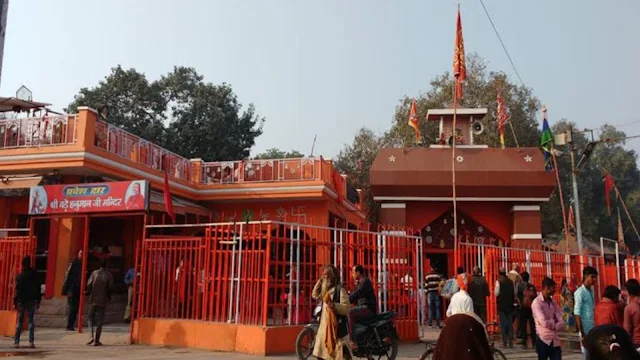The Maha Kumbh Mela and other Kumbh Melas are major Hindu religious gatherings, but they differ in terms of their timing, significance, and scale. Here's a comparison:
1. Frequency and Timing
Maha Kumbh Mela: Held once every 144 years (12 Purna Kumbh cycles) at Prayagraj (Allahabad). It is the rarest and most significant Kumbh.
Other Kumbh Melas: Occur more frequently:
Purna Kumbh Mela: Held every 12 years at Prayagraj.
Ardh Kumbh Mela: Held every 6 years at Prayagraj and Haridwar.
Annual/Smaller Kumbh Mela: Held in a 12-year rotation across four locations: Prayagraj, Haridwar, Ujjain, and Nashik.
2. Significance
Maha Kumbh Mela: Represents the ultimate culmination of spiritual purification and attracts an unparalleled number of devotees, saints, and pilgrims.
Other Kumbh Melas: While highly significant, they are more frequent and lack the rare astronomical alignment associated with the Maha Kumbh.
3. Astrological Alignment
Maha Kumbh Mela: Occurs when Jupiter, the Sun, and the Moon align in specific zodiac signs, making it the most spiritually auspicious.
Other Kumbh Melas: Also depend on astrological alignments but not as rare or unique as the Maha Kumbh.
4. Scale and Attendance
Maha Kumbh Mela: The largest gathering of humanity on Earth, with millions attending over several weeks.
Other Kumbh Melas: Also massive but comparatively smaller in attendance.
5. Cultural and Religious Importance
Maha Kumbh Mela: Viewed as a once-in-a-lifetime opportunity for spiritual salvation, attracting global attention.
Other Kumbh Melas: Important but do not carry the same level of universal appeal or rarity.
6. Conclusion
In essence, while all Kumbh Melas are significant for Hindu devotees, the Maha Kumbh Mela is considered the pinnacle of spiritual events due to its rarity and unique astronomical significance.










0 Comments